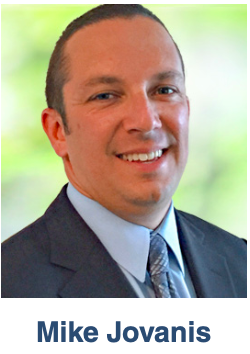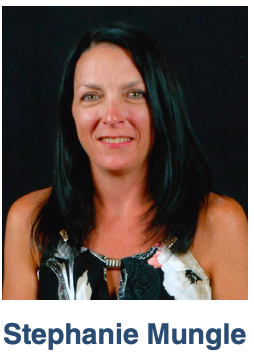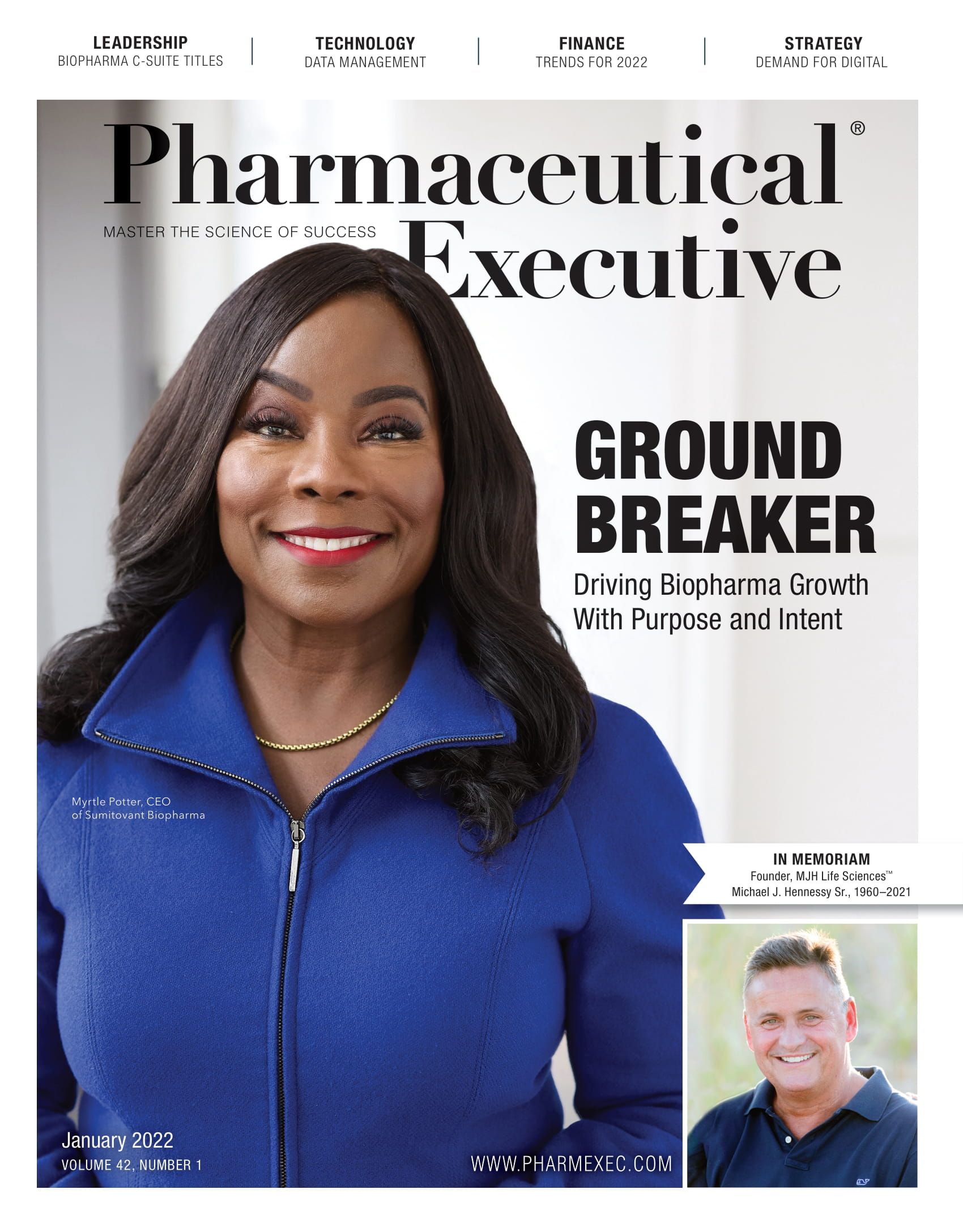Keeping Tabs on Quality: The Rise of Digital
Industry experts convene for discussion on new quality management systems.
At a recent roundtable convened by Veeva Systems, the participants discussed the use of quality systems in pharma companies. Industry is at an inflection point with many companies shifting from legacy on-premise apps or a hybrid of paper, manual processes, and some electronic systems. However, with the mix of modernization and an increase of mergers and acquisitions, there is a perfect storm whereof investment and change bring in modern cloud applications.

As the industry accelerates toward digital and agile quality systems, connections with partners, paperless processes, and being more proactive in quality management are key themes that are emerging. In this discussion—led by Mike Jovanis, vice president, Vault Quality, Veeva Systems—the following experts share their views: Bryony Borneo, quality assurance director, Emmes; Sanjeev Kumar, senior director, Data Integrity and Technology, Vertex Pharmaceuticals; and Stephanie Mungle, director, Quality Compliance, Supernus Pharmaceuticals, Inc.
Jovanis: What barriers are you seeing your industry peers struggle with that can keep change from happening? Any guidance or advice into how those barriers can be overcome?

Borneo: Personally, as a former auditor, I grew used to having sheets of paper around me. And while that’s great to check and mark things off, it’s not very good for being proactive. It’s not very good for data collection. It’s not very good for metrics. Transitioning people like me, who came from a lab and went into quality, to something electronic or digital, can be a big challenge. Many of us don’t realize it, but we are not as willing to adapt to that electronic and digital world as we think we are.
Kumar: I completely agree, moving from paper to electronic remains a major challenge. That feeling of losing physical control is something that holds people back. It is more of a cultural thing, especially in the quality space.
With so many disparate systems out there, so much unstructured data stored all over the place, it becomes a huge task to get organized. Modernizing and moving toward automated systems helps, but as some industries don’t have cohesive or coherent policies for critical aspects such as data retention, it makes it hard to classify the data.
Then there is a challenge related to an abundance of structured and unstructured data that makes it hard to analyze and build analytics by using conventional technologies. Shifting to digital and data classification/organization can help develop deep insights into big data and drive automation of business processes, thus unlocking the underlying business value.

Mungle: Another barrier I’ve seen is that there are a lot of systems out there, and companies don’t quite know which one to go with. What’s this going to cost me? What resources will I need to help implement such a system?
I think a lot of organizations have realized in the last two years, working through COVID-19 and having to execute from home, that using a paper-based system is almost impossible to manage when everyone is working remotely. We’ve seen an acceleration over the last couple of years of companies moving from paper-based to digital solutions, and they’re seeing benefits.
Jovanis: Bridging off those responses, over the past two years, the industry has quickly adapted ways to operate in a virtual and a remote capacity. Can you comment on how your use of modern cloud systems has helped you operate in a virtual or remote environment? Any use cases like auditing and engaging with your third-party partners? Lastly, how do you think differently about those things now that we’ve gone through the pandemic?
Mungle: Auditing is a great example. We’ve had to learn how to audit virtually, and if you’re still using a paper system, that makes it very difficult to try to do. On the other hand, when you have a digital solution, you can join via Zoom, Microsoft Teams, WebEx, or use different mechanisms, pull up your system, and show auditors your procedures. Having a digital solution has changed the way that we’re doing audits, especially as we collaborate with companies around the globe. I don’t know if this is going to be the future of auditing, but that’s one of the benefits of digital solutions.
We’ve revamped our auditing program, and I am in contact with other companies as well who are taking a similar approach, under the impression that remote auditing will become a standard. As COVID-19 evolves and we advance how we work, remote audits will help. I see them continuing and evolving over time.
Borneo: Yes, I agree. We’re likely going to have more remote audits where people come on-site the first time to see your shop, see that you exist, see what your facility is like.
I’ve hosted more audits recently this year than I expected. And I’m wondering if there’s going to be more audits now because the industry realized these audits can be completed remotely. In the past, somebody would always have to come on site. This shift has the potential to change the industry for the better.
Audits can become shorter and more frequent, taking up only one or two days to do a pulse check, as opposed to an audit every three years where inspectors come in for multiple days. Now you can do those periodic pulse checks quicker and easier using the cloud. It will be interesting to see how that evolves over time.

Kumar: Our organization has a large footprint across the globe, so last year we had a number of auditors or inspectors from European countries accessing records virtually. We had the ability to offer access to those records, which simplifies the auditing process.
We also work with a large set of CMOs and CROs, just like many other companies, across the globe. And we rely heavily on collaborating with them on various documentation from simple quality agreements to very specific docs like deviations.
Cloud solutions have given us flexibility to create a secure place to share that content without transmitting them through emails or other relatively less organized means.
Jovanis: Companies are standardizing processes, documents, and training. Is that within individual companies, or are you noticing more cross-company collaboration, aimed toward achieving standardization?
Kumar: Recently, we have become more aware of data standardization to pull out developing trends and insights from the data we have. One of the big barriers there is everyone attributes data in different ways. That makes it harder to standardize.
For instance, contract manufacturing organizations, they use their own internal standards. To streamline how we work together, we are motivating them to move toward one standardized set of parameters. What we realize in that process is that our partners are moving in that direction because many of their clients are asking for the same thing.
Putting a global lens on this, at least in Europe, there is a big push for data standardization via IDMP regulations. Industries can generally drive to achieve Quality 4.0 benchmarks by standardizing their quality management systems.
This is not just insular to one company. For instance, we routinely work with our key service providers, like Veeva, and connect with their clients to form enterprise-level steering committees to better engage and share learnings that can advance the industry. At that level, the discussion is not limited to standardizing the data, but also adopting the compatible and modern solutions so that we are moving in lockstep.
Borneo: I think as an industry we have a way to go to standardize how we do things. I came from a GLP facility, where we tended to be a little more standardized in how things were done across the companies. GCP, that’s an area that we still are exploring.
I’ve seen a trend where companies are becoming more standard, while industry standards and expectations aren’t written into ICH E6 R2. They are becoming more: This is what we’re going to audit against, these are the expectations we have, how you do your business, and here is how we expect others to do the business. That’s helping drive standardization. The further we get along with these digital systems and the less dependent we become on paper, that’s going to help standardize.
Mungle: Very well put. With more companies moving to digital solutions, we are driving some of that standardization of data. That trend will continue.
Jovanis: Digital systems are a vehicle for standardization. Veeva has delivered our quality solutions to all customers with embedded best practices, and initially, it was not intended for standardization. It was intended to take friction out of the deployment processes and to prevent quality leaders from reinventing the wheel in every implementation.
Because if these things are established spaces with an emerged best practice, you shouldn’t have to reinvent the wheel every time. And we’ve observed exactly what has been described in this Q&A. That the more you’re able to get people to conform to best practices, you do begin to drive standardization.
To help the industry, we made available a reference model for quality content management earlier this year. The model takes the best practices that are embedded in our applications and documents them in a way that could be publicly consumed by people who aren’t necessarily our customers.
We got a positive response and people appreciated having something to draw from. Something that can be used as an objective starting point so that they don’t have to reinvent the wheel before a technology implementation.
It’s an interesting debate on how far you take that, because driving industry concurrence and getting alignment is a whole different exercise. And we didn’t try to do that. We figured if we’ve done 400 implementations, we have enough learnings to be in a reasonable position to share them with the industry.
Kumar: I think you’ve touched upon good points in terms of industry best practices. I have seen an increasing prevalence of data dictionaries within organizations, especially as they are simplifying or standardizing processes.
Those become the bedrock for the simplification and standardization of data. And with regulatory changes like the ISO IDMP standards that are coming from Europe, those standards are driving companies to standardize. There is a push as well as there is a pull for standardization.
We have seen so much change in the industry, not only with technologies, but even the science side of things is changing rapidly. With limited time, the industry has had to reinvent the supply chain, for instance. It has been a major challenge. There’s one that the industry is focusing on, and we are focusing very heavily on, which is organizational change management.
Business change management has become such a critical factor. We are not just looking at the pain points that the business has or these new things that we want to do, so therefore let’s go to a new technology. We’re really digging in to understand how this will impact the user community, how they will embrace the change.

Cell and Gene Therapy Check-in 2024
January 18th 2024Fran Gregory, VP of Emerging Therapies, Cardinal Health discusses her career, how both CAR-T therapies and personalization have been gaining momentum and what kind of progress we expect to see from them, some of the biggest hurdles facing their section of the industry, the importance of patient advocacy and so much more.